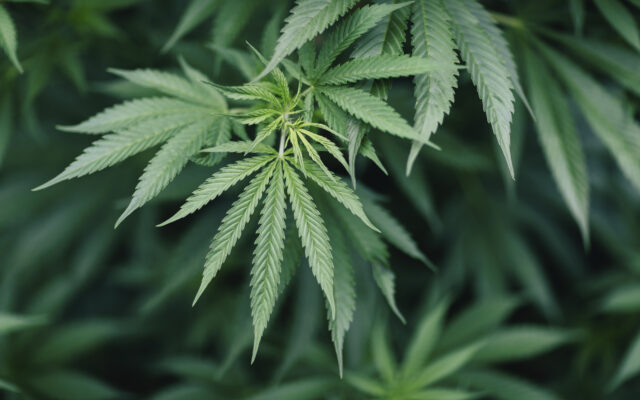Cannabis sales drop in Grays Harbor & Pacific counties; mirror drop statewide

Cannabis sales in both Grays Harbor and Pacific counties declined as compared to prior years.
As a comparison, the state also saw total sales fall when comparing the 2023 and 2022 figures.
In the sales and excise tax data by county released by the Washington State Liquor and Cannabis Board, it shows that a total of $1.25 billion in legal cannabis sales throughout Washington occurred between July 2022 and July 2023, which is a drop from $1.38 billion the year prior.
Despite the drop in totals for the year, the two counties saw over $20.5 million in sales when combined.
This was driven primarily by the Grays Harbor sales of $16 million to $4.5 million in Pacific.
For Grays Harbor the total sales had seen a steady increase since 2018, but the 2023 totals were down as compared to all years since 2020.
Pacific County saw a decrease from the 2022 and 2021 figures, although saw a jump as compared to the 2019 figures.
Statewide, Washington saw $1.25 billion in cannabis sales
When compared to population figures, Grays Harbor totals calculate to approximately $208 per person within the county if all sales were made by residents. Pacific County equates to around $186 per resident.
King, Pierce, Spokane, Snohomish, and Clark counties saw the highest total sales, alongside being the counties with the largest populations.
The highest sales per capita statewide occurred in counties bordering Idaho, where cannabis is prohibited.
Grays Harbor ranked 6th in per capita spending by county, with Pacific at 12th.
In total since 2015, over $128 million in cannabis has been sold in Grays Harbor and over $53 million in Pacific, with total statewide sales topping $9.5 billion.
Funds from the sale of cannabis in Washington are split among a number of areas, including funding for substance abuse, intervention, outreach, health care, research on cannabis impacts, and a large portion to the state basic health plan trust account.
Thirty-two percent of the revenues are put into the state general fund.
Five percent of the funds are distributed to counties, cities, and towns where licensed cannabis retailers are physically located with each jurisdiction receiving a share based on proportional share of revenues.
You Might Also Like



